5 Signs Your Paintball Gear Needs Professional Maintenance In 2025
The first time I realized my marker had a vendetta against me was during a semifinal match in the 2021 Pacific Rim Championships. Humidity hung in the air like a bad punchline, fogging my goggles so thoroughly I mistook a referee’s neon vest for an opponent’s headband. My trigger finger twitched—click. Nothing. Just the hollow sound of a bolt cycling empty air while three players flanked my position. Turns out, my feedneck had bent during an earlier slide, starving the chamber of paint. We lost that round, then the next two matches, and my ego still carries the dent.
That day taught me two truths:
1. Gravity will win every argument eventually
2. Gear failures strike when stakes are highest—unless you learn their warning signs
Let’s talk about how to spot trouble before it spots you.
"The Click Heard ‘Round the Field" – When Markers Go Rogue
Last summer, I coached a rookie team whose captain insisted his Empire Mini GS shot “smoother than ever” after he’d “fixed” its leaky regulator with electrical tape. During their first scrimmage, the tape failed mid-game, spraying compressed air like a hissing cobra. The kid looked genuinely shocked, as if his marker had personally betrayed him.
Here’s how to avoid becoming that kid:
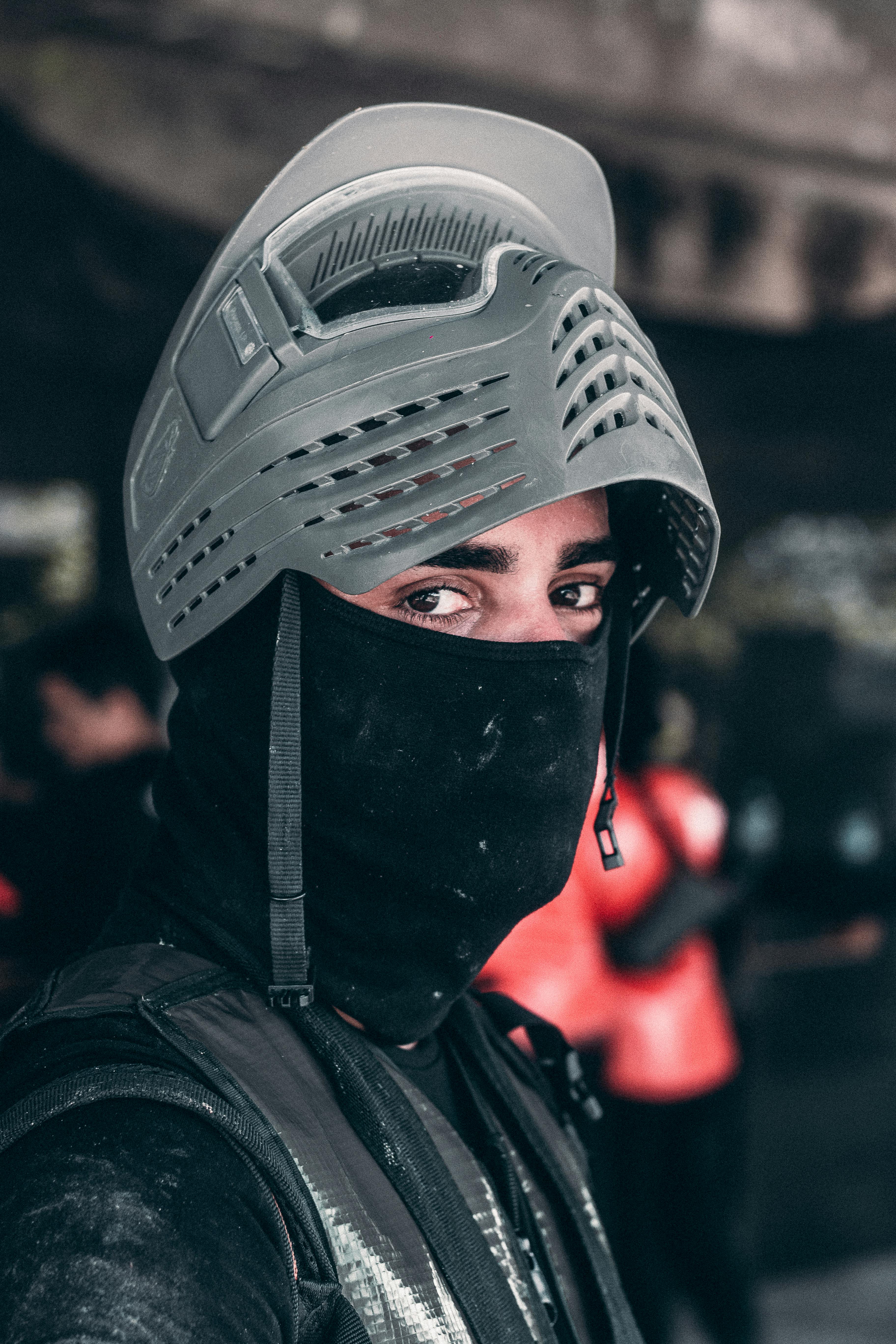
1. Your Marker Develops a Stutter (And Not the Cool Kind)
Symptom: Inconsistent velocity, shots curving like a bad fastball
Root Cause: Worn o-rings or degraded grease in the bolt system
Pro Tip: If your chrono readings swing more than 20 fps between shots, stop playing. You’re not “breaking in” the gun—you’re accelerating wear.
Personal Anecdote: My old Dye CZR+ once started lobbing paint at 150 fps during a woodsball game. Turned out, a cracked o-ring in the regulator was bleeding air faster than I could reload. $30 professional resealing saved me from a $300 bolt replacement.

2. Your Hopper Sings the Song of Its People
Symptom: Grinding noises, double feeds, or pellets shattering in the breech
Root Cause: Misaligned feedneck, worn motor gears, or debris in the drive system
DIY Limit: You can clean eyes and lubricate gears, but if the hopper still sounds like a coffee grinder, let a tech inspect its internals.
A student once brought me an HK Army TFX2 that jammed every 10 shots. He’d “cleaned” it with WD-40, not realizing the solvent was dissolving grease in the motor assembly. Pro tip: Use only lubricants labeled for paintball use. Your marker isn’t a bicycle chain.
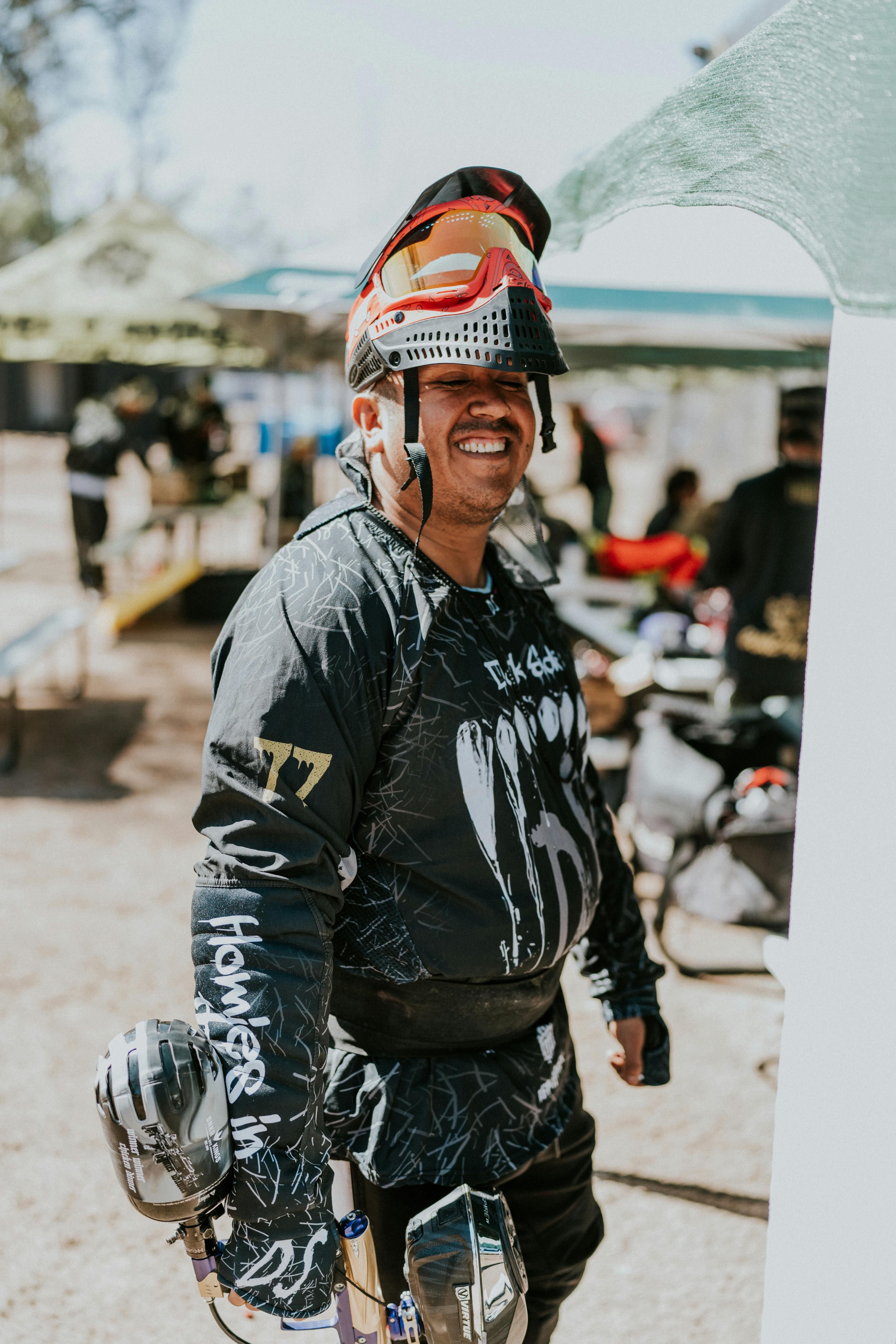
When DIY Becomes "Destroy It Yourself"
I get it—we’ve all fallen down YouTube repair rabbit holes at 2 AM, convinced we can MacGyver our way through any malfunction. But some fixes require more than duct tape and optimism.
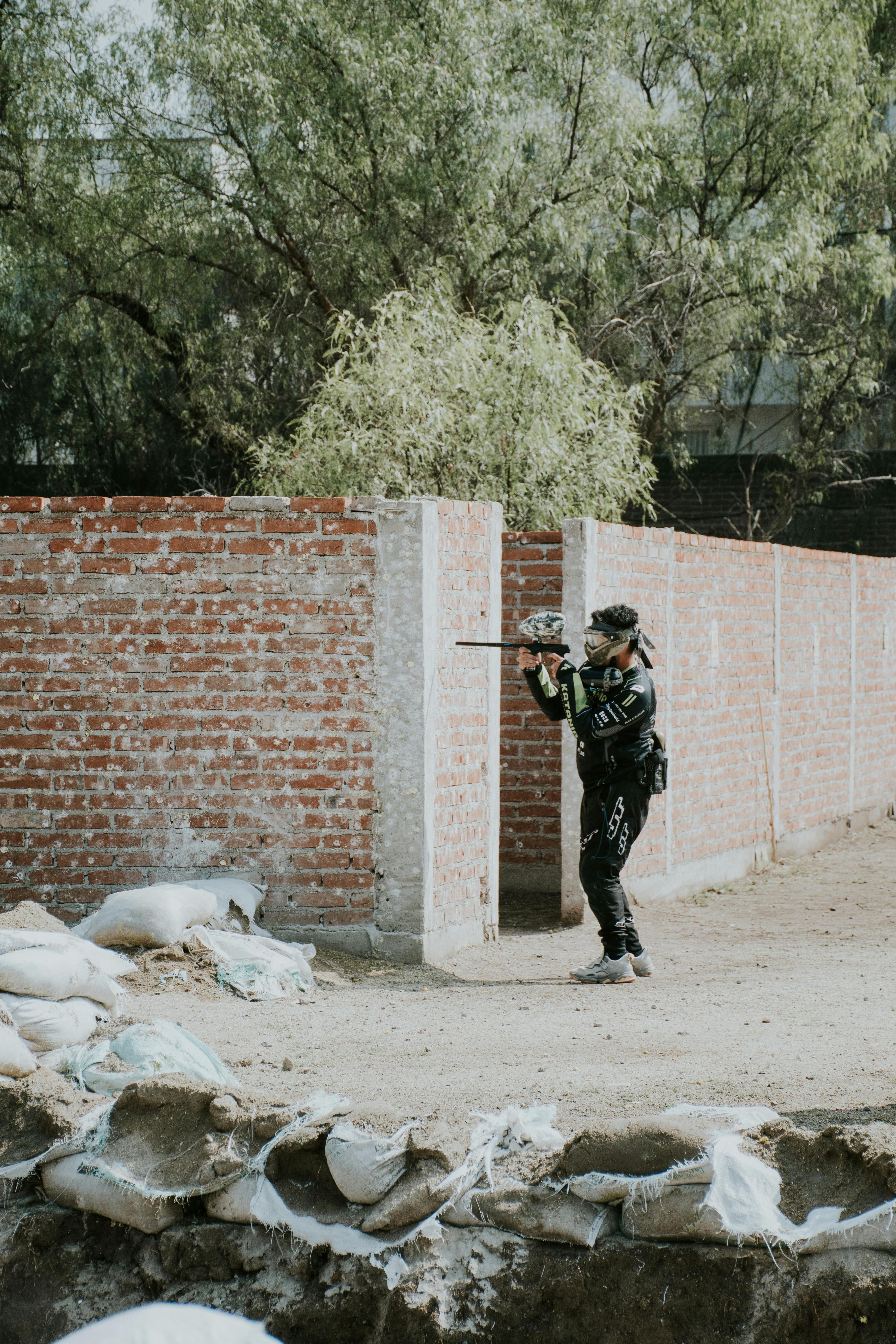
3. The Leak That Won’t Quit
Scenario: You’ve replaced every o-ring in your Tippmann Stormer, yet it still hisses like an angry cat
Hidden Culprit: Cracked valve stems or micro-fractures in the air chamber
Reality Check: Pressurized systems aren’t forgiving. A botched regulator repair can turn your marker into a safety hazard overnight.
Last winter, a player at my local field tried fixing his Planet Eclipse Etha 3’s leak by overtightening the macroline fitting. The result? A $150 repair bill for a stripped solenoid—three times the cost of a professional diagnosis.

4. Your Barrel Has Seen Things
Visual Clue: Chipped porting, internal scratches, or mysterious "crunchies" when swabbing
Consequence: Inaccuracy, broken paint, and velocity spikes that’ll fail any chrono test
Pro Move: Barrel inspections are quick and cheap. Most techs charge under $20 to check alignment and honing.
Fun fact: A warped barrel can turn even tournament-grade paint into a splatterfest. I learned this the hard way during a night game where my shots looked like glowstick vomit.
The Vision Connection (Or Why Clear Sightlines Save Careers)
Here’s the twist most players miss: Your eyewear impacts gear maintenance more than you think. Fogged lenses or ill-fitting goggles force you to remove eye protection mid-game, exposing gear to dirt and moisture. Worse, impaired vision makes spotting issues like cracked feednecks or misaligned hoppers nearly impossible.
Last month, a teammate ignored his fogged lenses during a muddy match. He didn’t notice his loader’s cracked shell until paint seeped into the motor, frying the circuitry. Cost him $90 for a new board—ironically, the same price as Overo Glasses’ anti-fog prescription inserts.
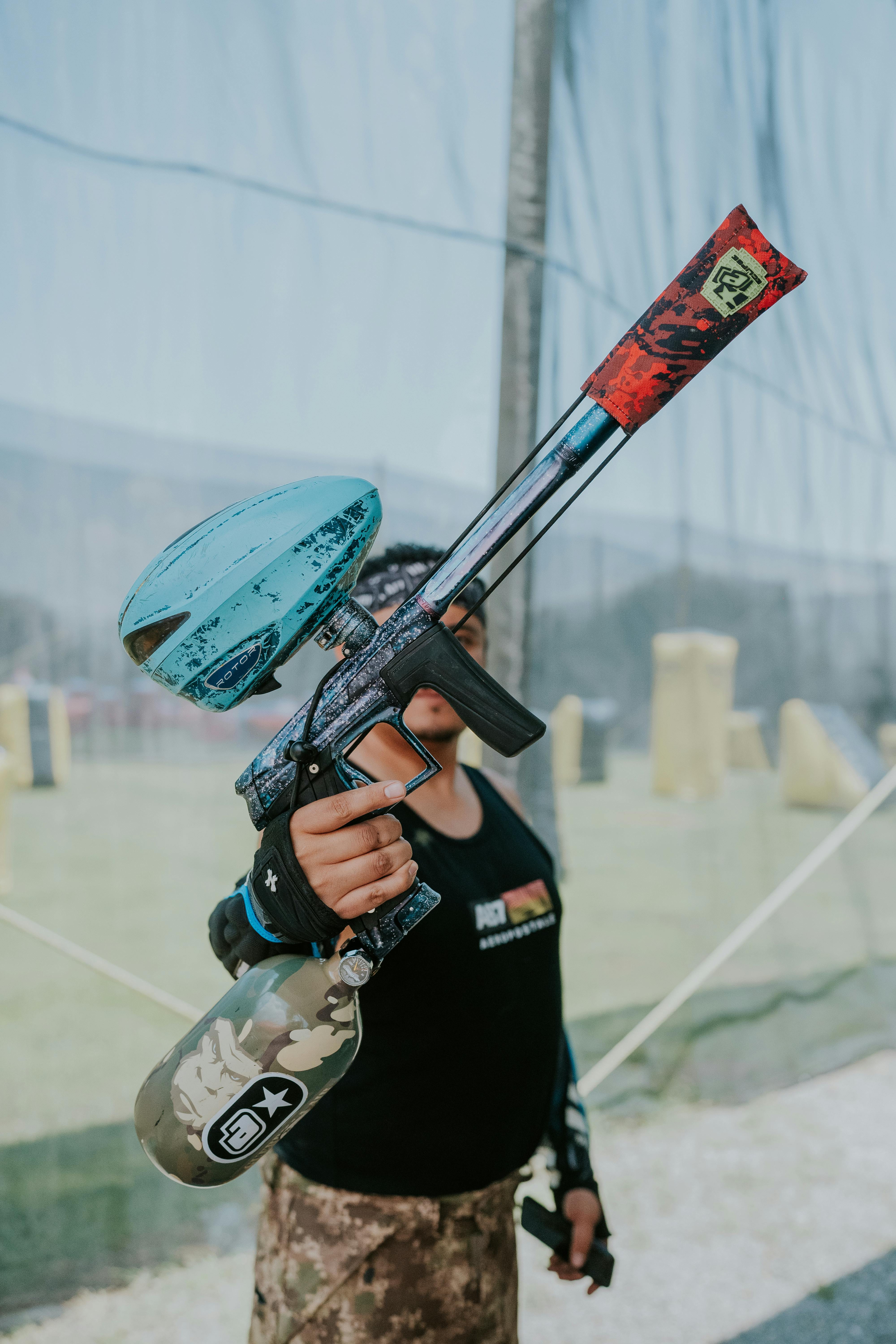
5. When Your Eyes Betray Your Gear
Let’s address the elephant in the bunker: 60% of paintball gear failures stem from preventable human error—often caused by players struggling with:
- Fogged goggles obscuring cracked o-rings
- Prescription glasses shifting, distracting from shot consistency
- Contact lenses drying out, leading to rushed maintenance checks
This hit home when I tried coaching while battling fogged goggles last fall. Missed a rookie’s loose tank o-ring during inspections, resulting in a mid-game leak that soaked his jersey in silicone oil.
Overo’s Prescription Goggle Inserts solved two problems at once:
- CR39 lenses with anti-fog coating kept my vision clear despite 90% humidity
- The adjustable frame height fit snugly inside my Empire EVS goggles, eliminating distractions
Now I spot frayed regulator threads before they fail and catch hopper misalignments during pre-game checks. All because I’m not constantly wiping lenses or adjusting slipping glasses.

Maintenance Math: Repair vs. Replace vs. Regret
Tournament players obsess over round counts, but here’s a better metric: Cost Per Survival. Let’s break it down:
| Gear | DIY Fix Cost | Pro Repair Cost | Replacement Cost |
|---|---|---|---|
| High-End Marker | $20 (o-rings) | $150 (full service) | $1,200+ |
| Loader | $10 (motor) | $45 (board) | $200 |
| Goggles | $5 (foam) | N/A | $130 + $119.99 (Overo inserts) |
Notice the goggle math? Most players replace entire goggles when lenses fog or prescriptions change. With Overo’s universal inserts, you keep your favorite frame while upgrading optics—saving $200+ per vision update.
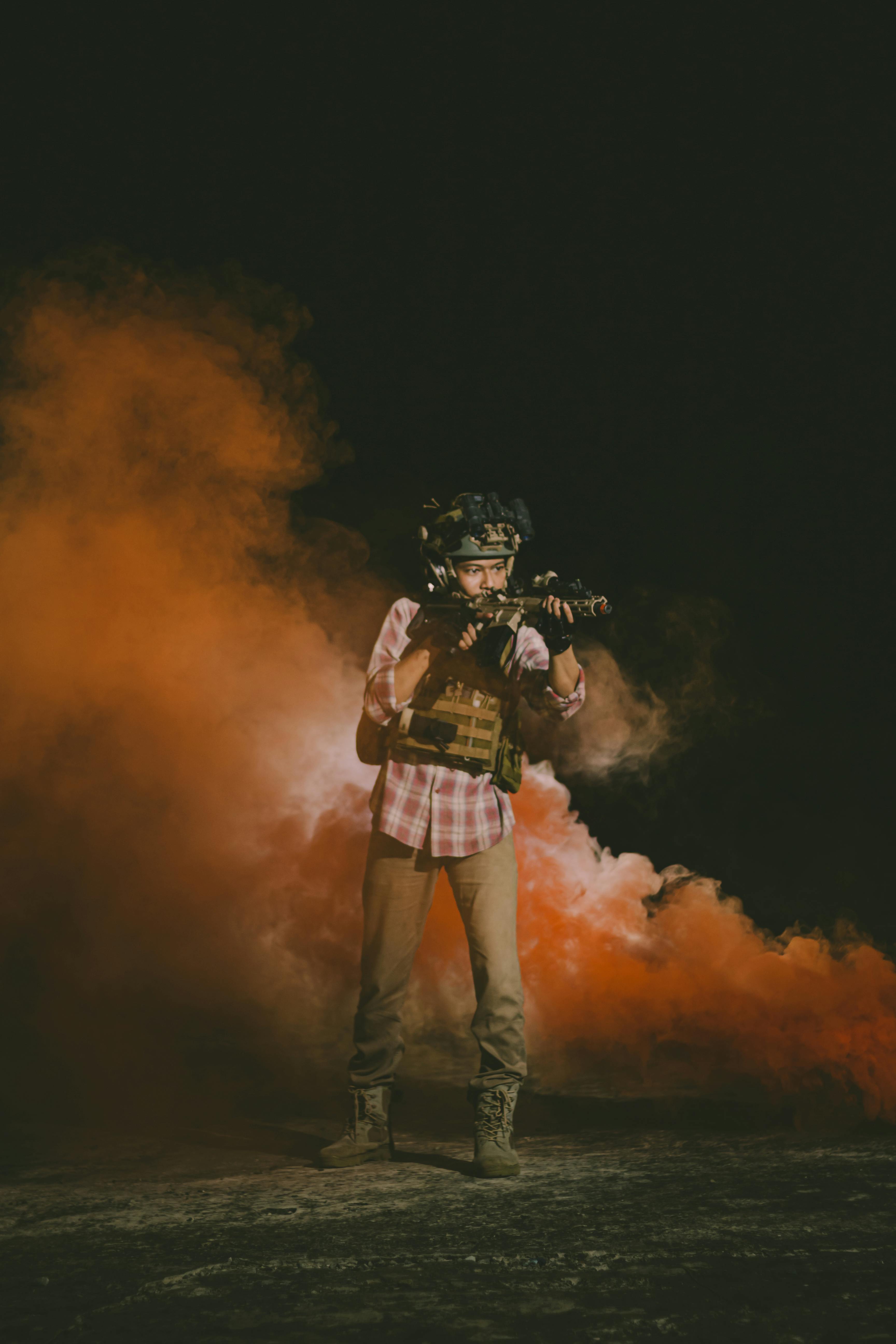
The Unfixables: When Only Pros Should Apply
Even I have limits. Here are repairs that’ll humble any DIY warrior:
- Solenoid Calibration: Requires manufacturer software (looking at you, MacDev Prime)
- Board Reprogramming: Mess up dwell settings, and you’ll fry your noid faster than a July heatwave
- Pressure Tester Diagnostics: Guessing PSI ratios is like defusing bombs via TikTok tutorial
A pro tech’s bench has tools your garage lacks—like ultrasonic cleaners for stripped bolts or lathes for barrel recrowning. Worth every penny when your marker’s life hangs in the balance.

Final Shot: Don’t Wait for the Click
Gear maintenance is like dental hygiene: neglect it, and the bill (and pain) compounds exponentially. Schedule annual professional inspections, log your round counts, and—this part’s non-negotiable—invest in clear vision.
Because when your goggles fog during a pivotal firefight, you’re not just risking the match. You’re missing the hairline crack in your feedneck, the fraying tank o-ring, the subtle shake of a loose barrel.
Overo Glasses’ inserts gave me back the visual precision I’d lost to fogged lenses and slipping glasses. At $119.99, they’re cheaper than replacing a single high-end hopper—and way cheaper than explaining to your team why you missed that critical shot… again.
Stay sharp out there. Gravity’s always watching.
Frequently Asked Questions
What are the common signs that my paintball marker needs maintenance?
Common signs include inconsistent velocity, grinding or unusual noises from the hopper, air leaks that persist even after replacing o-rings, chipped or damaged barrels, and vision issues caused by foggy or ill-fitting goggles. Addressing these issues promptly can prevent significant damage.
What should I do if my hopper makes grinding noises?
Grinding noises often indicate misaligned feednecks, worn motor gears, or debris inside the drive system. You can clean the hopper and lubricate the gears using paintball-specific lubricants. However, if the grinding persists, it’s best to consult a professional for an inspection.
When should I seek professional assistance over DIY fixes?
Seek professional help for repairs like solenoid calibration, board reprogramming, and pressure diagnostics. These require specialized tools and knowledge. If DIY attempts fail or worsen the problem, like overtightening fittings or using improper lubricants, it’s time for a professional repair.
How often should I schedule professional maintenance for my gear?
It’s recommended to have your gear professionally inspected at least once a year. Regular maintenance ensures longevity and peak performance, especially for high-end markers and loaders.
How do anti-fog inserts improve gameplay and gear maintenance?
Anti-fog inserts, such as Overo Glasses, provide clear vision, reducing the need to adjust or wipe goggles mid-game. Clear sightlines help spot minor issues like cracked feednecks or worn components before they escalate into major problems.
References
- Understanding Paintball Maintenance - A YouTube tutorial covering common repair practices.
- Gear Failure Prevention - An article on spotting gear issues before they affect gameplay.
- MacDev Prime Solenoid Calibration - A video guide on calibrating solenoids.
- Tippmann Parts Services - Official professional maintenance and repair services.
- Tingley Paintball Gear - A collection of durable gear tailored for paintball.


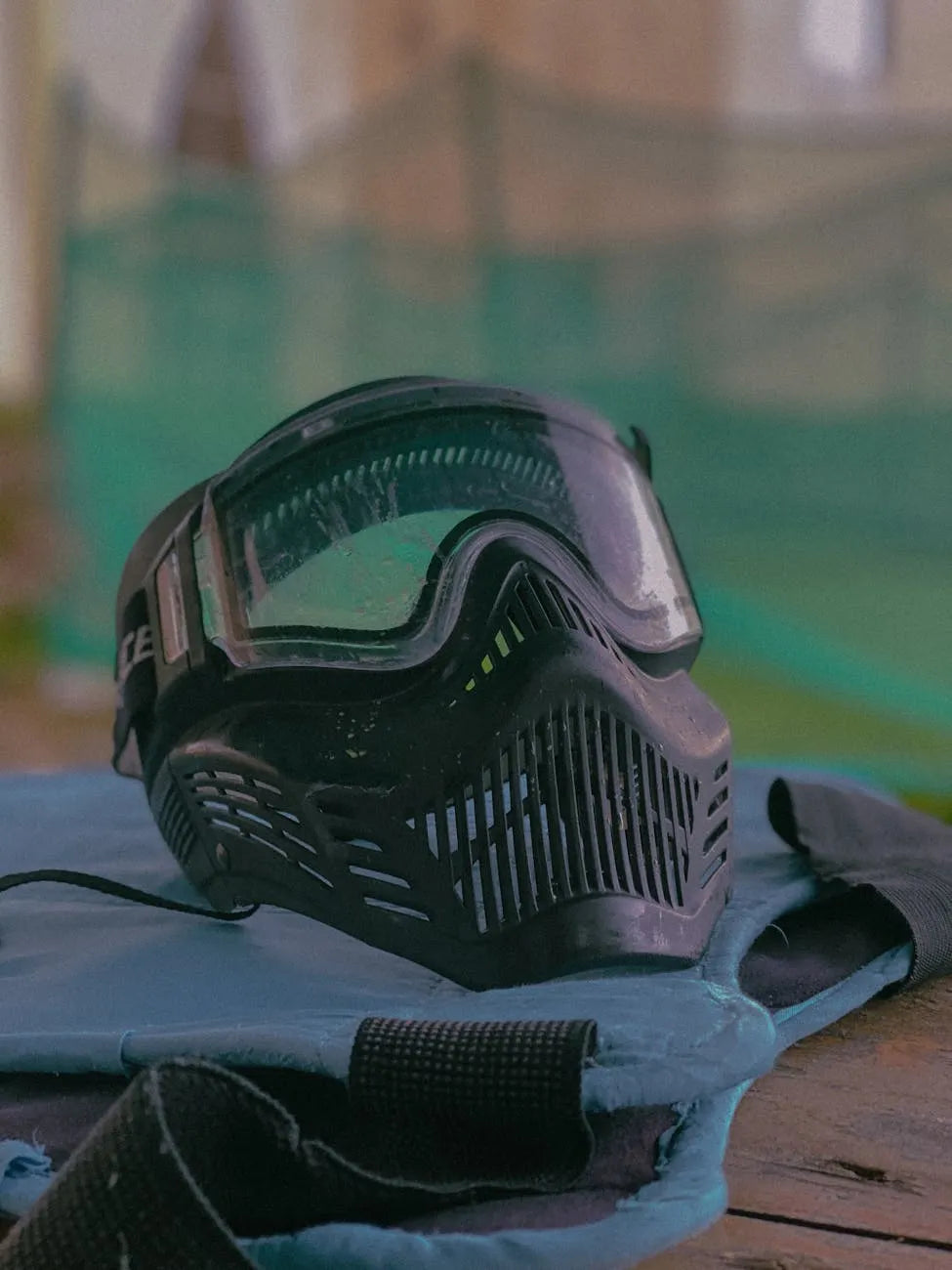
Share:
Top 5 Prescription Paintball Goggle Brands 2025 Every Player Needs
5 Essential Materials for Paintball Chest Protectors in 2025